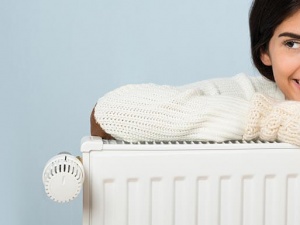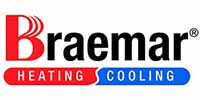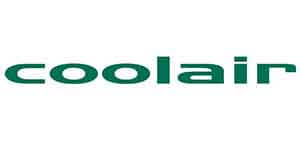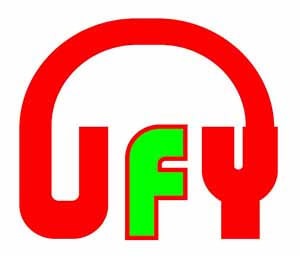Increase Efficiency by Sealing and Insulating Your Heating and Cooling Ducts
When it comes to ducted heating and cooling, Perth homeowners are likely to already know how efficient these types of systems are. While there are significant energy savings to be had compared to other heating options for homes, there is still potential to further increase efficiency with the simple matter of sealing and insulating your ducts.
Older and New Properties:
Those with a new home may find that their property has already had ducted air conditioning installed. However, it is possible to have ducted reverse cycle air conditioning installed in older properties. You will need to speak to an air conditioning specialist who can assess the property and determine the optimum installation options. The choice of system will be influenced by the layout and age of your home to provide the most efficient solution. For example, standard installation is to have the ducts installed in the ceiling in the roof space, but this may not be possible in your home, so you may need to have the ducts installed under the floor.
Leaky ducts can be a major source of wasted energy as the already heated or cooled air is allowed to seep out. This can be especially problematic if the leak is in an area of the home such as attic or garage where the temperature is not regulated. This can drive up the cost of running your ducted heating and cooling. Perth homeowners are likely to find that taking some basic precautions to ensure that they prevent leaks to save energy and money.
The main difficulty with sealing and insulating ducts is that there is a likelihood that the ducts are already concealed under floors, above ceilings or inside wall cavities. However, it is a relatively easy prospect to check any exposed ductwork which may be present in your attic, garage or crawlspace. You will need to check all the points along the duct to ensure that there are no leaks. This will prevent air loss and drops or spikes in temperature. If you find a leak, it can easily repaired using sealant or mastic and allowing it to fully dry for at least twenty four hours. Although there may be a temptation to use duct tape to seal any leaks, this should be avoided. Tape can shrink away over time or degrade, compromising the joint. This is likely to leave the joint unprotected and even more of a leak.
Once you have sealed any leaks in the ductwork, you can then begin to insulate. This can be accomplished using an insulating jacket to wrap around the duct. These jackets are typically made using fiberglass and often have foil to protect the outside surface. Insulation is also available as a sheet, which can be cut to fit the duct before being seamed.
If you are concerned about whether your ducted system has compromised efficiency due to leaks, it is worth investigating the problem. While obvious leaks can be easily detected, if there are no apparent issues, it may be advisable to seek professional advice. A specialist in air conditioning and heating systems will be able to perform a thorough check of your system to ensure that it is operating at optimum efficiency. Since heating and cooling the home represents the largest use of domestic energy, it is certainly worth ensuring that your system does not have any costly leaks and is properly insulated to maximise the efficiency.
If you would like to know more about optimising the efficiency of your ducted heating and cooling, Perth homeowners should contact us. We specialise in air conditioning and heating options for homes. Our team of technicians have the experience and expertise to answer any questions you may have and help you to reduce the cost of your energy bills.













